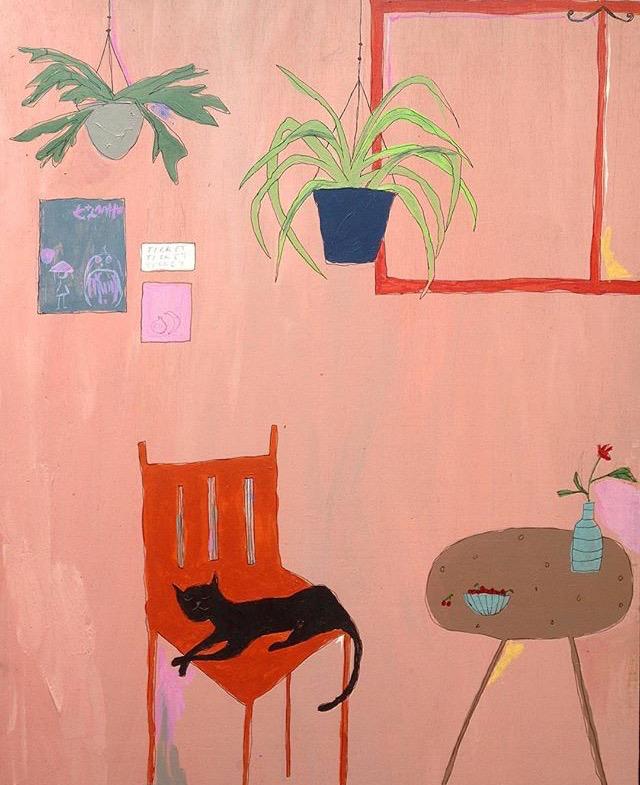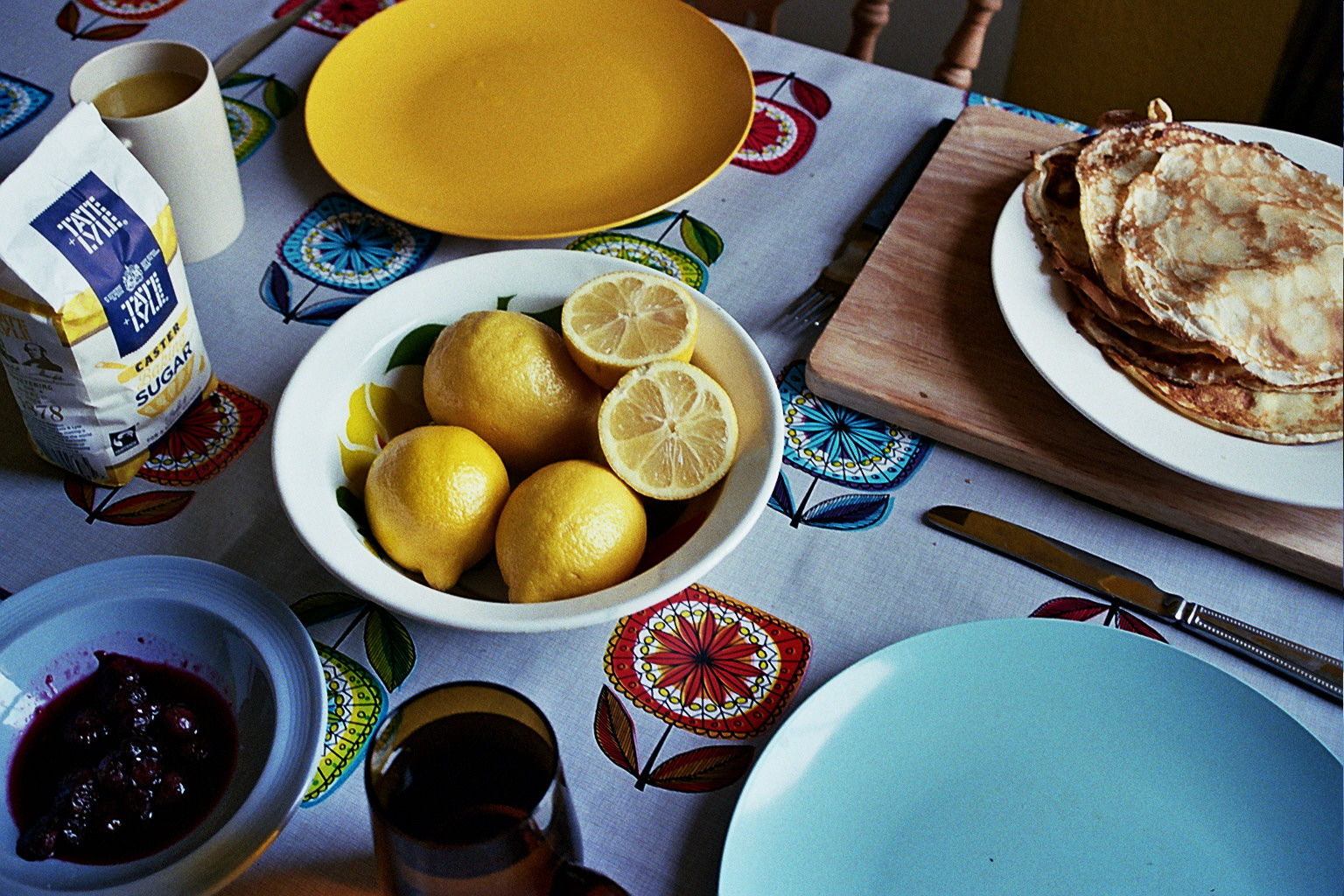For a week in September, there was the ‘Waiting Wall’. An art instillation by Alan Donohoe and Steven Parker, the Waiting Wall was essentially a large board placed in Brighton Station that showed messages sent in anonymously by members of the public for a short amount of time. A simple concept, with less than simple results.
The board unexpectedly received 2,000 anonymous entries by its second day, and by the end of the week had become a Twitter phenomenon. By September 24th, the Wall had received its 10,000th message.
Inspired by the Jerusalem Wall, at which people pray in hope of being answered by God, this electronic wall reads as an unexpected modern-day equivalent. Many messages have a confessional nature, with one reading ‘sometimes I want to run away from my husband and children and find myself again’. The words are projected in Brighton Station without images or music or actors to embellish them, depicted in a seemingly emotionless and detached way. Messages are submitted electronically, with no face-to-face interaction at all. And yet the results of this artistic method is complete honesty, and issues of family, sexuality, mental health and love all being literally thrust into the view of everyday commuters.
Author Alain de Botton, writer of ‘Religion for Atheists’, inspired the artwork, which was part of the Brighton Digital Festival, which further adds to its sense of ambiguity. Is this work offering an alternative to the religious idea of confessing your sins? Or is it simply a demonstration as to the changing of times and how this affects the art world. After all, this is an art instillation compiled of messages sent using the Internet and social media, as part of a festival celebrating all things digital and technological. While things online and digital are usually associated with a lack of emotion and social contact, the Wall shows how this is not always the case, as messages such as ‘every morning I cannot believe I am lucky enough to wake up next to you and look into your eyes’ show.
Maybe this artwork shows that actually online means of creating art can be just as moving and emotional as painting or sculpting. Total anonymity allows for total honesty without fear of judgment, while simultaneously being cautionary about issues such as drugs and unprotected sex- ‘I always wonder what my life could have been has I not chosen to take drugs that first time’. Messages such as this are given a new sense of gravitas as they are from a real person. By making the messages anonymous, they could be from anyone around you.
Maybe the Waiting Wall will help break the stigma that electronic and online art have in relation to traditional methods of painting and sculpture. Perhaps it will simply continue to offer a safe place for honest confessions that are projected for only a few seconds and are then gone forever. However, the level of reaction and amount of messages it has received suggests that the Waiting Wall marks the start of a change in the way we view both the way we make art, and the way we view the issues that it projects.
Sasha Khan



